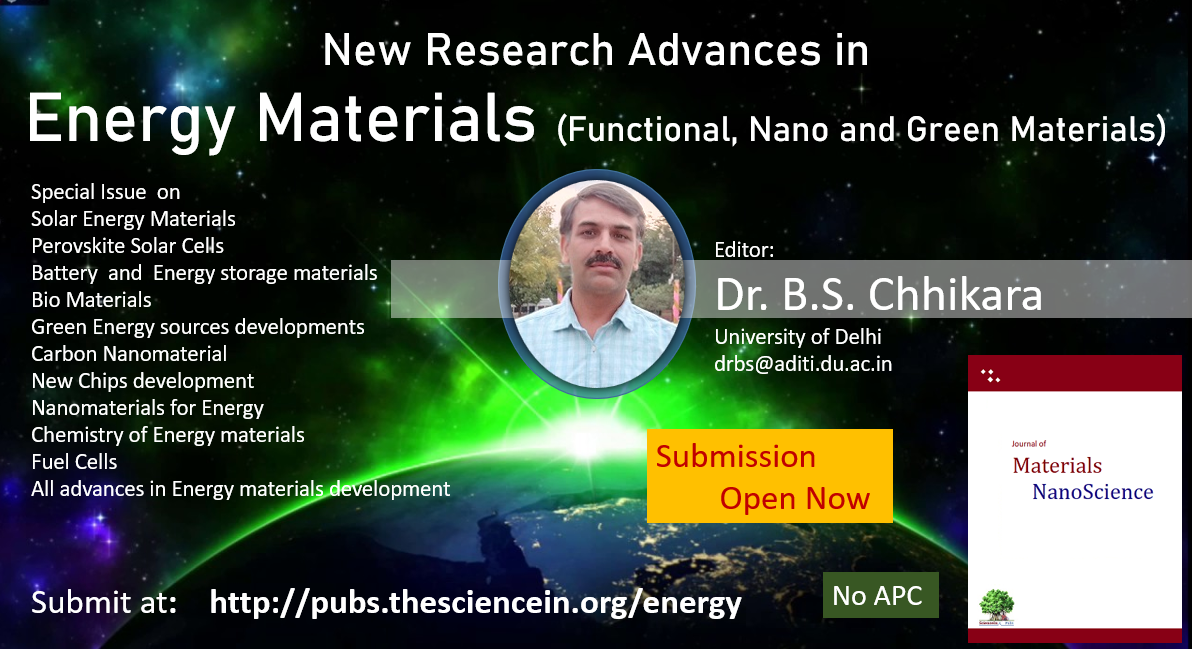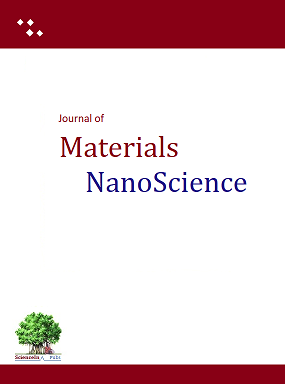Molecular pathways with role to play in oral cancer: A mini-review
Oral cancer is the sixth most prevalent type of cancer worldwide and third in India out of the different cancer types identified. Mouth and oral cancers collectively refer to cancers of the buccal cavity, lips, oropharynx, hypopharynx, and larynx. Genetic anomalies, the upregulation of several proteins, the deregulation of tumor-suppressive and oncogenes, and risk factors like alcohol and tobacco consumption are a few examples of the known irregularities that contribute to the development of oral cancer through the accumulation of various carcinogenic substances. Oral cancer is caused and developed by multiple molecular and cellular pathways such as PI3K/AKT/mTOR, Ras-Raf-MEK-ERK pathway, Wnt signaling, NF-κB pathway, Hippo pathway, etc. In addition, various genes including TP53, PTEN, CDKN2A, HRAS, PIK3CA, NOTCH1, IRF6, TP63, etc. are also involved in this malignancy. Therefore, it is crucial to have a deep understanding of these pathways to properly understand the development of oral cancer. This short review focuses on compiling together various signaling and molecular pathways accountable for oral carcinoma development.
URN:NBN:sciencein.cbl.2024.v11.652
Chemical Biology Letters

